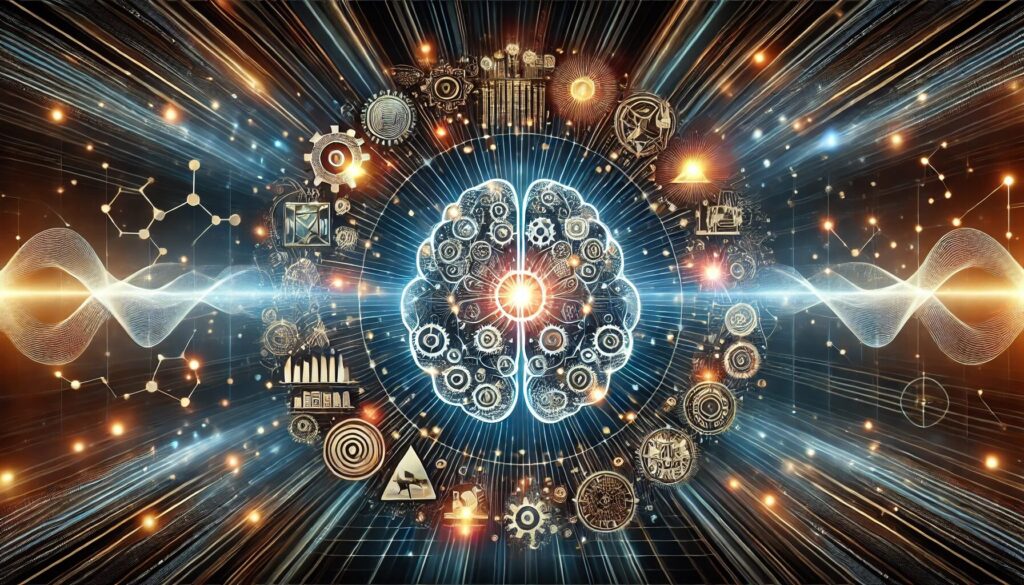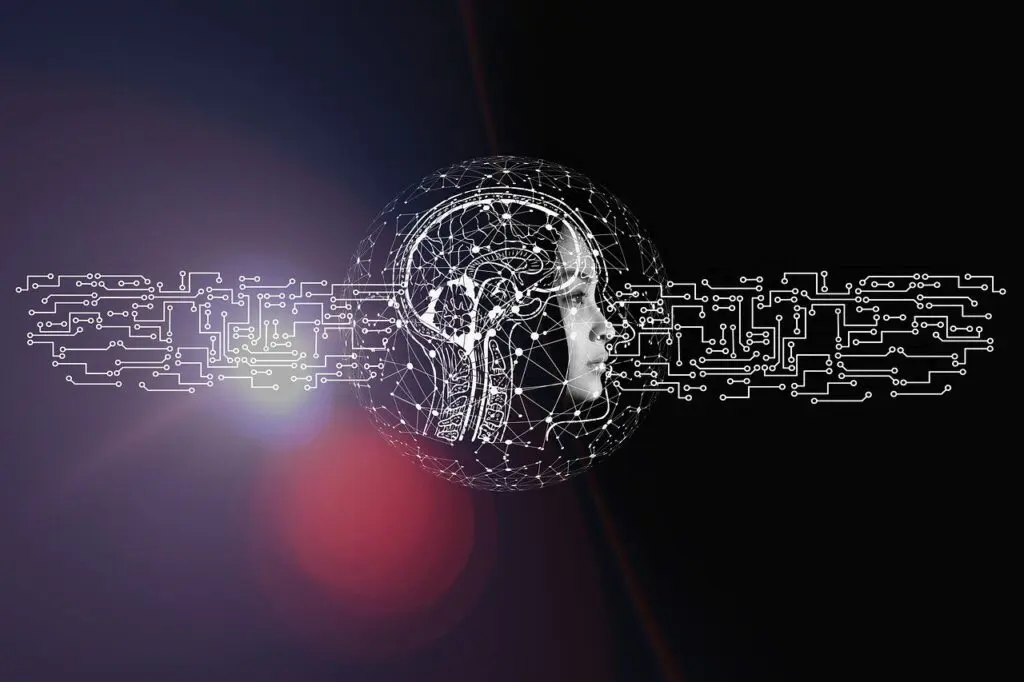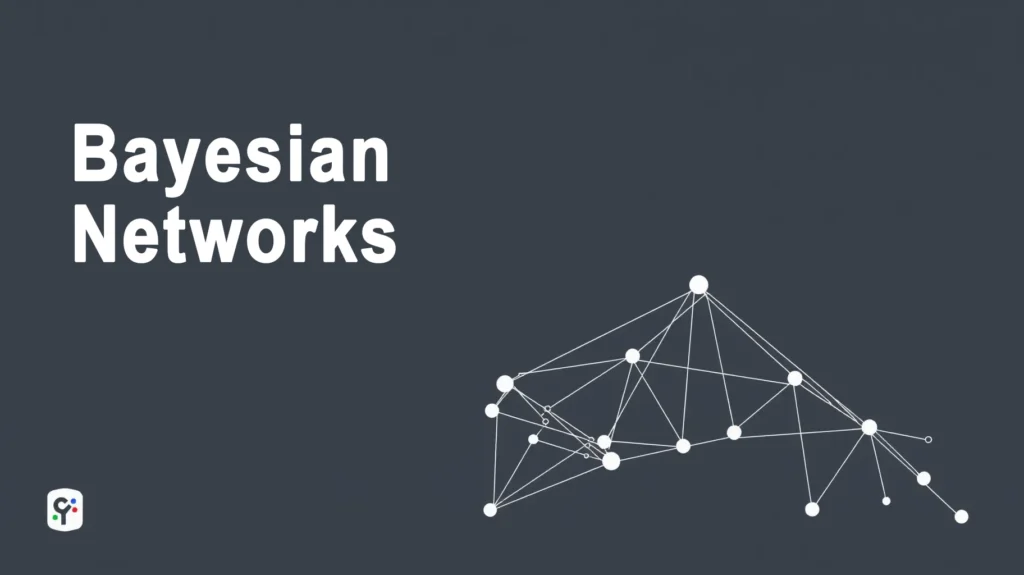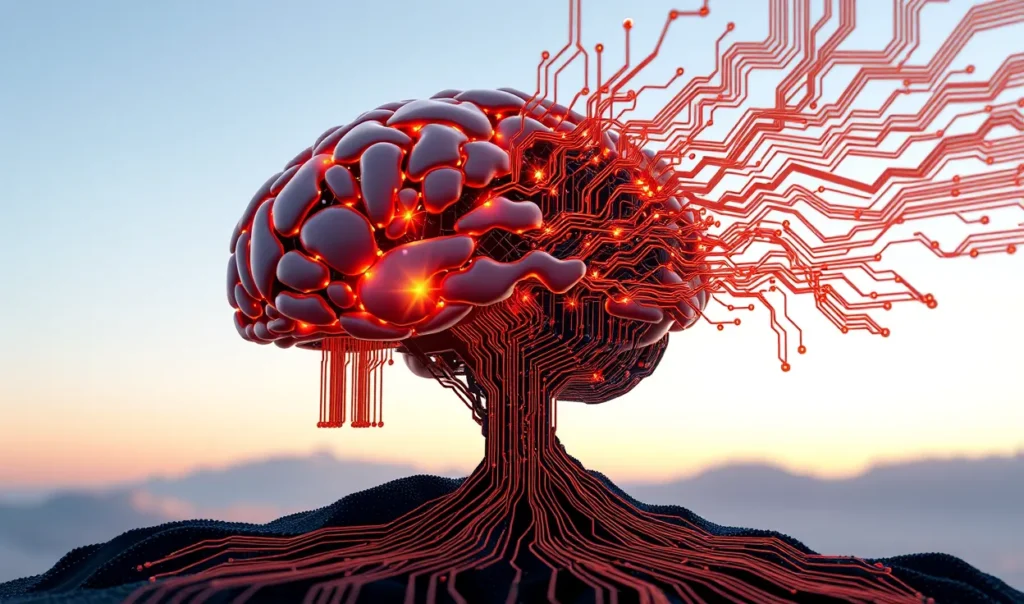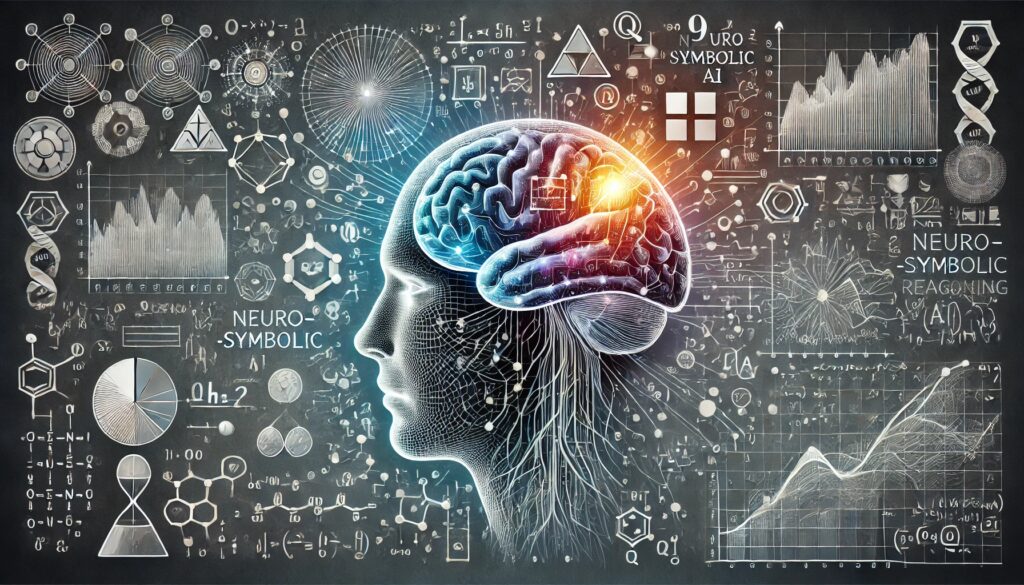
Introduction: Bridging the AI Gap
Artificial Intelligence has undergone significant evolution over the years, but the next big leap might be in neuro-symbolic AI. This hybrid approach merges the strengths of neural networks with symbolic reasoning, promising to create smarter and more adaptable systems.
What is Neuro-Symbolic AI?
Neuro-symbolic AI combines two major branches of artificial intelligence: neural networks and symbolic AI. Neural networks, inspired by the human brain, excel in pattern recognition and learning from data. Symbolic AI, on the other hand, uses explicit rules and logic to represent knowledge. By integrating these approaches, neuro-symbolic AI aims to achieve more comprehensive understanding and problem-solving abilities.
The Advantages of Integration
The integration of neural and symbolic systems offers several advantages:
- Enhanced Learning: Neural networks can learn from large datasets, while symbolic AI provides the ability to reason and understand abstract concepts.
- Better Generalization: Combining these methods allows AI to generalize better from specific examples to broader scenarios.
- Improved Explainability: Symbolic reasoning can make AI decisions more transparent, helping users understand how conclusions are reached.
Advancing AI through neuro-symbolic integration is crucial for achieving more robust and explainable systems
— Prof. Emily Brown, AI Scientist
Real-World Applications
Neuro-symbolic AI has potential applications across various fields:
Healthcare
In healthcare, this hybrid AI can improve diagnostics by combining pattern recognition from medical images with symbolic reasoning about medical knowledge. This could lead to more accurate and faster diagnoses.
Autonomous Systems
For autonomous vehicles, integrating symbolic rules with neural network perception systems can enhance decision-making processes, making self-driving cars safer and more reliable.
Natural Language Processing
Neuro-symbolic AI can significantly improve natural language understanding. By combining the contextual learning of neural networks with the grammatical and semantic rules of symbolic AI, systems can better grasp the intricacies of human language, leading to more accurate translations and interpretations.
Robotics
In robotics, integrating these approaches allows for more adaptive and intelligent behavior. Robots can learn from their environments while adhering to pre-defined rules, enabling them to handle complex tasks with greater autonomy and precision.

Current Developments
Research in neuro-symbolic AI is growing. Major tech companies and academic institutions are investing in this technology. Projects like IBM’s Neuro-Symbolic AI and MIT’s CSAIL are leading the way, developing frameworks that combine these two paradigms effectively.
Key Projects and Innovations
IBM’s Neuro-Symbolic AI Research
IBM has been at the forefront of neuro-symbolic AI research. Their approach integrates neural networks for learning and symbolic reasoning for decision-making. This combination is being applied to various domains, including finance, healthcare, and legal systems, aiming to create AI that can understand context and provide transparent justifications for its decisions.
MIT CSAIL’s Efforts
MIT’s Computer Science and Artificial Intelligence Laboratory (CSAIL) is also heavily invested in this field. Their research focuses on developing hybrid models that can learn from fewer examples and generalize better than traditional neural networks. They are exploring applications in natural language processing, computer vision, and more.
Challenges and Future Directions
Despite its potential, neuro-symbolic AI faces challenges:
- Complexity: Integrating neural and symbolic methods is technically challenging.
- Scalability: Ensuring the system scales efficiently with large datasets and complex rules is crucial.
- Interoperability: Creating seamless communication between neural networks and symbolic systems remains a significant hurdle.
Addressing the Challenges
To overcome these challenges, researchers are focusing on:
- Developing new algorithms that can seamlessly integrate neural and symbolic components.
- Creating scalable architectures that can handle large-scale data and complex reasoning tasks.
- Enhancing interoperability through better interface designs and communication protocols between different AI modules.
The Road Ahead
The future of neuro-symbolic AI looks promising. By overcoming current challenges, this approach could lead to AI systems that are not only intelligent but also more trustworthy and transparent. Continued research and development will be key to unlocking its full potential.
Conclusion: A New Era of AI
Neuro-symbolic AI represents a new era in artificial intelligence, blending the best of neural networks and symbolic reasoning. This hybrid approach holds the promise of creating smarter, more adaptable, and explainable AI systems. As research progresses, we can expect to see more innovative applications and significant breakthroughs in the coming years.
For further reading on neuro-symbolic AI, check out these resources:
Explore these links to dive deeper into the fascinating world of neuro-symbolic AI and stay updated with the latest advancements!

